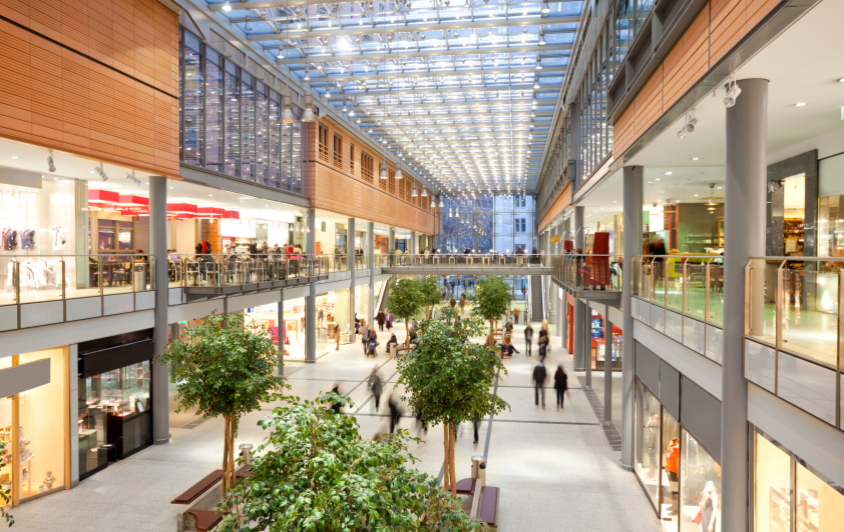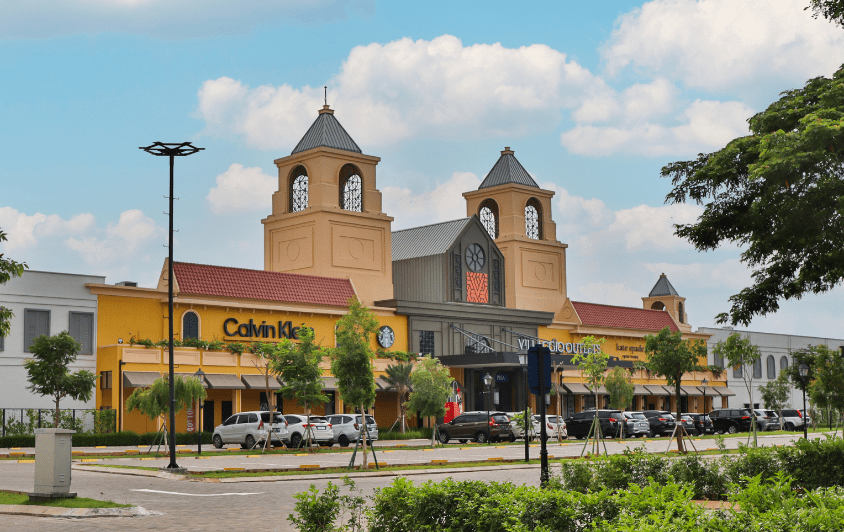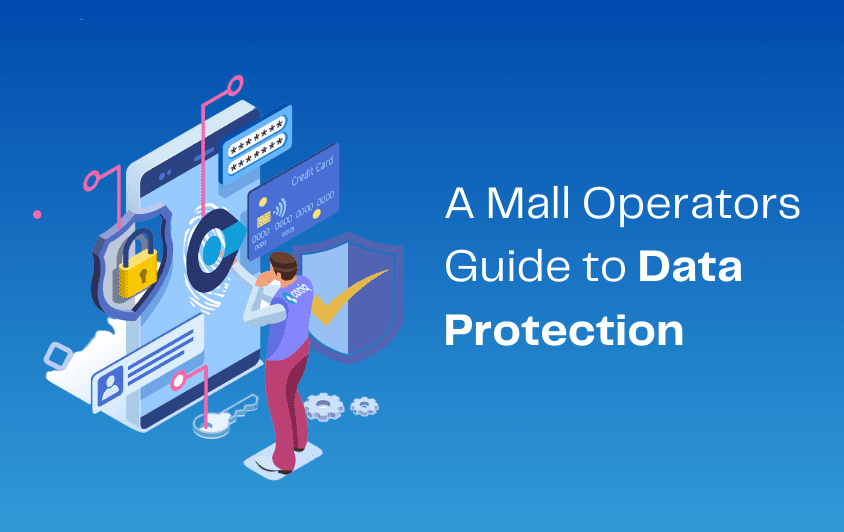For years, physical retail has been ever more challenged by the convenience of e-commerce: just a few clicks and items appear almost miraculously at the shoppers’ door. Shopping centers fight back by adding services that can’t be replicated online. Earning customer loyalty not only increases the likelihood of repeat business and customer retention but also leads to revenue growth and a positive brand reputation.
In today’s competitive marketplace, businesses must prioritize creating a positive customer experience to stand out and build lasting relationships with their customers. Loyalty programs, customer rewards, and targeted marketing strategies can all be effective tools for earning customer loyalty and driving revenue growth.
A robust shopping center customer loyalty program that offers immediate benefits that resonate with the customer will bring them back more consistently and profitably for a mall’s tenants and, thus, build a new relationship with the shopper.
Remember that business school statistic that 20% of your customers produce 80% of your business? It’s true. According to Harvard Business Review, companies with solid loyalty marketing programs grow revenues 2.5 times faster than their competitors and generate 100% to 400% higher returns to shareholders.
And retaining existing shoppers is much easier (and more profitable) than outreach to new customers. What’s more, a well-designed loyalty program that integrates with location technology can result in your shoppers teaching you how best to connect with them.
Many of your retailers already know this, as they participate in their own corporate loyalty programs. But there are some key points to consider when creating a loyalty program for a shopping center or group of properties.
1. Tenants must be on board.
Successful loyalty schemes have at least 80% of retailers across different categories providing offers and rewards. That may mean persuading them or even their corporate parent that your rewards will not interfere with theirs but will, in fact, attract more shoppers.
2. Reward your customers for signing up must be immediate
A reward for signing up must be immediate. Shoppers are parting with personal data (at minimum, address, email, cell phone, and birthday). Offer them a gift card, tote bag, or item pertinent to that area at that time. Ensure it’s different from items that can be purchased at the mall.
3. Make your app easy to download and easy for the shopper to use
There’s a different 80/20 rule here: 80% of app users utilize just 20% of its functionality. The easier it is for them to log their purchases or check-in, the more they’ll use it, and the more you’ll learn.
4. Track the shoppers’ activity — through geo-fencing
You’ll learn their shopping patterns around the mall, allowing you to lease more appropriately and conveniently, advise tenants about staffing and determine parking loads. You’ll also learn what events attract each shopper and can plan future promotions accordingly.
5. Communicate with your shoppers
Use location data to communicate with the shopper both on and off-site. Inform them of events, offer personalized bonuses, and wish them a happy birthday.
6. Personalize your loyalty program
As you learn more, offer rewards that are tailored to each shopper. A guest who spends more on children’s clothing will want a different boon than someone who predominantly shops for women’s apparel or electronics.
7. Share what you learn with your tenants; this is a partnership.
We’ve found that creating a loyalty program that rewards shoppers for allowing you to track their activity brings extraordinary benefits. It will rebuild the community, forge new and better-informed relationships with shoppers and your tenants, and result in higher revenues and ROI. You can see this in our customer loyalty case study that demonstrates our client Irgen Retail Management’s increase in revenue.
Prioritizing customer loyalty for long-term revenue growth
Earning customer loyalty is essential for the long-term success of shopping malls. By prioritizing customer satisfaction and engagement, businesses can build strong relationships with their customers and create a positive brand reputation. Loyalty programs and targeted marketing strategies can be effective tools for incentivizing repeat business and increasing customer lifetime value. Ultimately, retail destinations that focus on earning customer loyalty are more likely to see revenue growth and achieve their goals.






